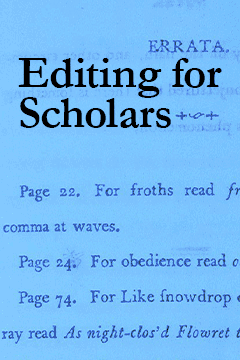The Gandhian Moment
The Gandhian Moment
Ramin Jahanbegloo: The Gandhian Moment
WITH THE refusal of Iran’s political establishment to re-run the elections, more repression and violence seems inevitable. However, what we are witnessing since the first demonstrations against the results of the presidential elections might very well be considered as a major nonviolent movement in a Gandhian style. There is already an evident similarity between the civil disobedience movement in today’s Iran and successful nonviolent movements led by Gandhi in India in the 1920-1940s and Martin Luther King Jr. in the United States in the 1950-1960s.
Gandhi adopted his methodology of satyagraha (devotion to the truth), or non-violent protest, for the first time in South Africa, calling on his fellow Indians to defy the new law and suffer the punishments for doing so, rather than resist it through violent means. As for Martin Luther King Jr., he started his nonviolent movement by calling on all black citizens to stop riding the buses in Montgomery until the laws were changed. The protest marked the beginning of the civil rights movement in the United States.
What is most important in Iran is that the massive outpouring of anti-Ahmadinejad sentiments in Iran is so far doubtlessly nonviolent and peaceful. Chief among the slogans of the demonstrators have been the re-run of the elections and the condemnation of violence. Iranian society is in the midst of an epoch-making renaissance in its political culture and discourse. This transformation in political values, norms, symbols, and everyday codes of behavior is most evident in the peaceful and nonviolent action of all those who have been protesting to pursue allegations of election fraud within the limits of the Iranian constitutional framework.
Many in the past week have walked silently and lit black candles. Others have worn green wristbands or ribbons and carried flowers. Gandhi chose a spinning wheel as a symbol of his idea of non-violence. A spinning wheel represented two different messages: It was the main instrument to protest against India’s growing industrialism and it was also a symbol of resistance to the British-made clothes that had replaced the Indian hand-made clothes. As for Martin Luther King, he turned to the symbol of the “American Dream” as a hope of equity and social justice for every member of the American society. Today, Mousavi has become the symbol of nonviolent protest in Iran, but the true hero of the Iranian civic movement is the emerging republican model of nonviolent resistance and non-ideological politics that provide the clearest guideline and vision for Iran’s gradual transition to an open society.
Post-revolutionary Iran has experienced the failure of two major political paradigms in the last thirty years: revolutionary leftism and ideological Islam. They each failed in practice as well as in theory, and the Iranian people no longer trust the groups associated with them. It is evident that nonviolent action is the new paradigm that is attempting to define itself distinctly and overcome the intellectual and political weaknesses of its predecessors. There is common agreement among the demonstrators and civil activists that the main contradiction in contemporary Iran is the one between authoritarian violence and democratic nonviolence.
Though this nonviolent paradigm is still in the making, it can nonetheless be characterized as both “post-ideological.” This is due to the fact that the protest movement in Iran is nonviolent and civil in its methods of creating social change while also seeking an ethical dimension to Iranian politics. This judgment implies that Iranian civil society is ready to make a distinction between two kinds of approach: searching for truth and solidarity versus lying and using violence. In the days and weeks ahead, we will have to wait and see how this dialectic between the powerless nonviolent truth-seekers and powerful lie-makers and users of violence will work itself out. As such, the fact that the elections have or have not been rigged is now a secondary issue. What is now at stake is to challenge the illegitimacy of violence in Iran. Gandhi once said: “You must be the change you wish to see in the world.” The change we are witnessing in Iran is the change in the younger generation of Iranians. Iranian youth have shown the world that they have enough maturity and tolerance to spark nonviolent change in Iran.
Ramin Jahanbegloo is a well-known Iranian-Canadian philosopher. Presently a Professor of Political Science and a Research Fellow in the Centre for Ethics at the University of Toronto, he is the author of twenty books in English, French, and Persian, including Conversations with Isaiah Berlin (Peter Halban, 1992), Gandhi: Aux Sources de la Nonviolence ( Felin, 1999), Iran: Between Tradition and Modernity (Lexington Books, 2004), and most recently The Spirit of India (Penguin 2008).




